Vietnam Through An Expat’s Eyes / Video Cards For Modern Photogaphers

|
• Quality Hotel On Thordon • Holiday Inn Wellington Hotel • Thon Alesund Hotel • Radisson SAS Hotel Alesund |
Thank you for your generous contributions. We've been making some great headway over the last few weeks and soon I'll be running some test images. These test images take a considerable amount of time and computer processing power
so once we start we won't be accepting any new images. Please send in your images now so you can be sure to be included in this great project. I have big plans for these mosaics.
We are still accepting (and pleading for) images of children from SEA. No matter how terrible you think they are, please send them in anyway. These images will be used to complete a set of 3 high quality mosaics which will be sold to benefit the Karen and Burmese Orphans living in the orphanages and refugee camps. The more images the better, I can use all you have. Please take the time to go through your images for anything you think might help. If you missed the "No Place to Call Home" special, you can click on the link and read more about this. Thank you! QandA@Bkkimages.com
Quick Click Links
Feature Photograph
Vietnam, Through an Expats Eyes
Video Cards For Modern Photographers
Photography News of Interest
Readers Submissions
Readers Questions A Snapshot of Bangkok Images Week in Review
Infocus Blog, Deadlines…
Feature Photograph *menu

Canon 1ds Mark II, 70-200mm F2.8L IS @F8 1/200th 70mm ISO 800
I spend a lot of time sharing nice images and then telling you they're the result of careful thought and perfect technique. In practice, this is how 'most' worthwhile landscapes and other
captures are made. You think the image through, plan for the capture, and then take the capture. Careful, methodical, and often with pleasing results.
However, what about the shots you don't think about that you just 'grab' with less than a moments thought? I've made more than a few really great captures this way. Something, perhaps
even my subconscious or maybe just gut instinct tells me "hey, there's a great capture, get it!" So I do. This week's feature photograph was such a result.
While in Cambodia in a car traveling at about 30kph. From the passenger seat I saw this scene, quickly pushed my camera out the window, and made the capture. I didn't even think about the settings, the composition, nothing. I only knew my inner voice
was telling me to take the image 'right now' so I did.
I love this image. The tree is really grand and the light shines off its trunk lighting the roots separately from the rest of the scene. The steps dug into the earth lead the frame from left to right along the pathway. The stone in the lower right is
a solid foreground object (I wish it was in focus), and even the sky beyond the trees were optimally exposed. I can enjoy viewing this image for long periods, especially properly printed and mounted.
Who could tell I was bouncing down the road at 30kph when I made this capture?

Canon 5d Mark II, 70-200mm F2.8L IS @F5.6 1/100th 70mm ISO 100
And sometimes you make such a quick capture with entirely different results. Close to my home this lady sells smoothies. I made this capture one handed out the window of my vehicle without much thought at all. I just saw her concentrating and doing what
she does.. and wanted to make the capture. The colors work, she works, and the scene works. It's not nearly as powerful or dramatic as the other shot, but it's a very solid composition of an environmental portrait. On the next Thai holiday
I'll bring her a mounted print and she'll make me a strawberry yogurt smoothy.. 🙂
Vietnam, Through an Expat's Eyes *menu
One of the true pleasures of writing this column and running my business is getting to know the people I meet during the course of my work. People from the world over contact me with questions, or to offer advice, or to share an experience and it really enriches my life. One such person is Kevin J. who has made his life in Vietnam. Over the last year he's shared his thoughts and images and I really enjoyed them, so I asked if he'd share them with the readership. He generously agreed. Thank you Kevin!
 Kevin first experienced Vietnam as a 19 year old soldier. In 2002 he returned and met his wife shortly thereafter. He now lives in a small town north of Phan Rang and shares his place with various critters. When you live in an exotic land photography becomes fun. Kevin has had various digital point and shoots and recently purchased a Canon 500d. He's already looking towards the future while eyeing the 7d or 5d Mark II. You can send me (Steve) your feedback and I'll forward it on to Kevin. I'm sure he'd be glad to hear from you.
Kevin first experienced Vietnam as a 19 year old soldier. In 2002 he returned and met his wife shortly thereafter. He now lives in a small town north of Phan Rang and shares his place with various critters. When you live in an exotic land photography becomes fun. Kevin has had various digital point and shoots and recently purchased a Canon 500d. He's already looking towards the future while eyeing the 7d or 5d Mark II. You can send me (Steve) your feedback and I'll forward it on to Kevin. I'm sure he'd be glad to hear from you.
Kevin has captioned some of these photos, others will remain uncaptioned. There isn't a narrative, just flow of really nice images to give you a taste of the flavor of his country. Enjoy.


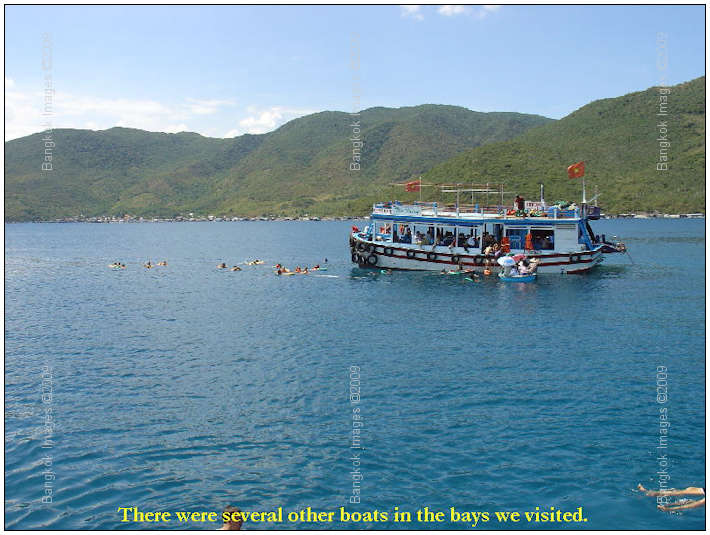







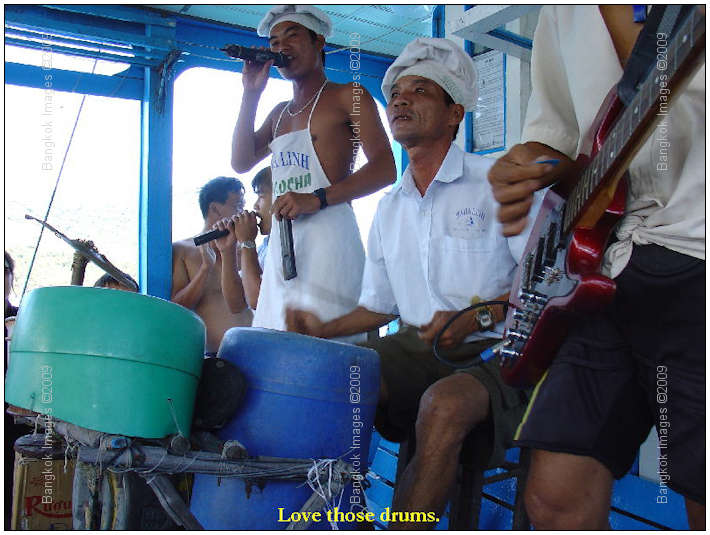
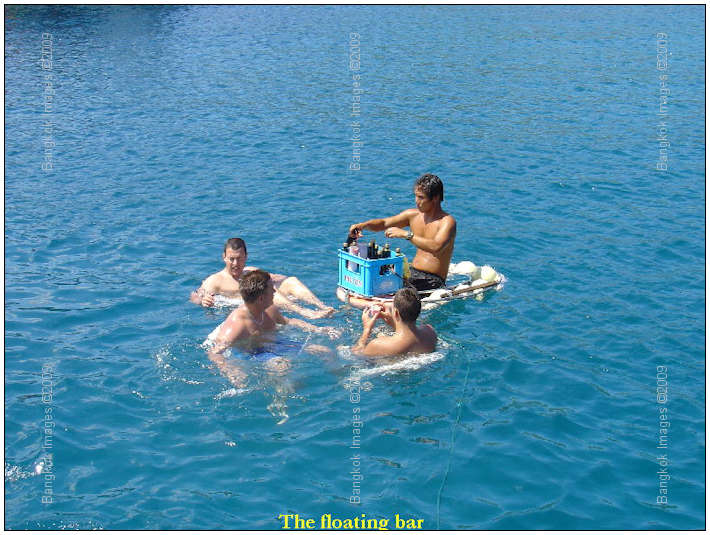
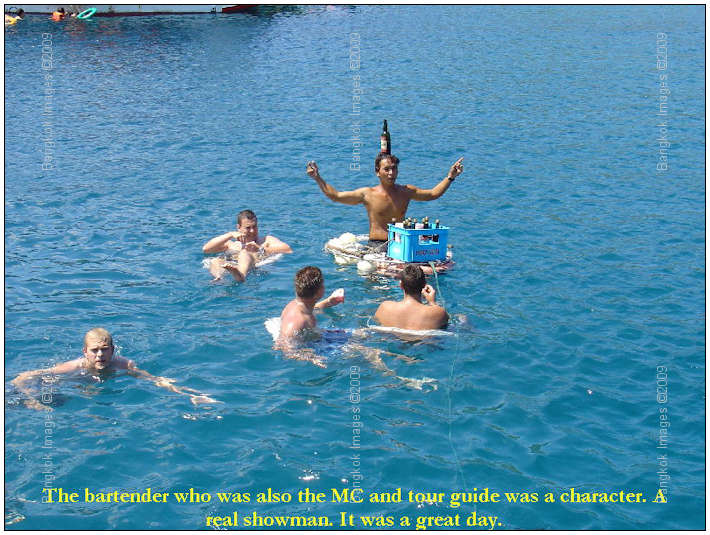

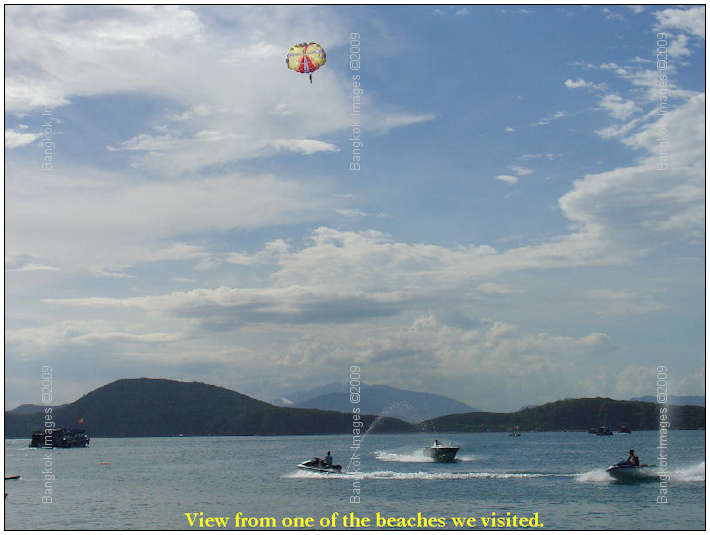
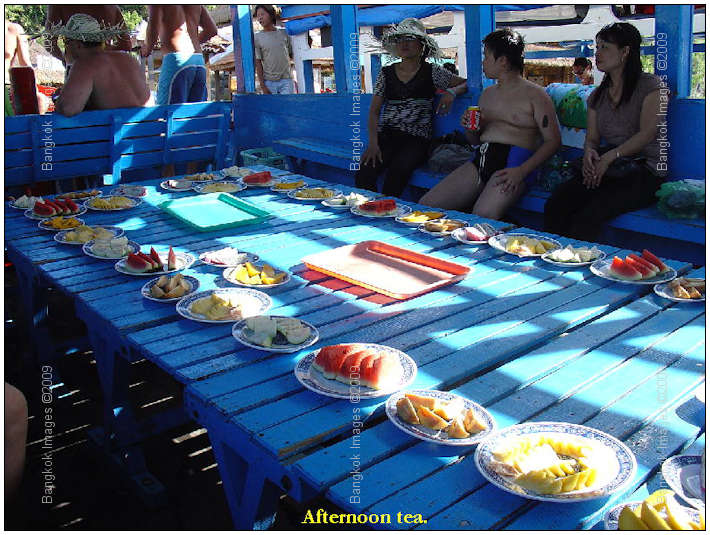
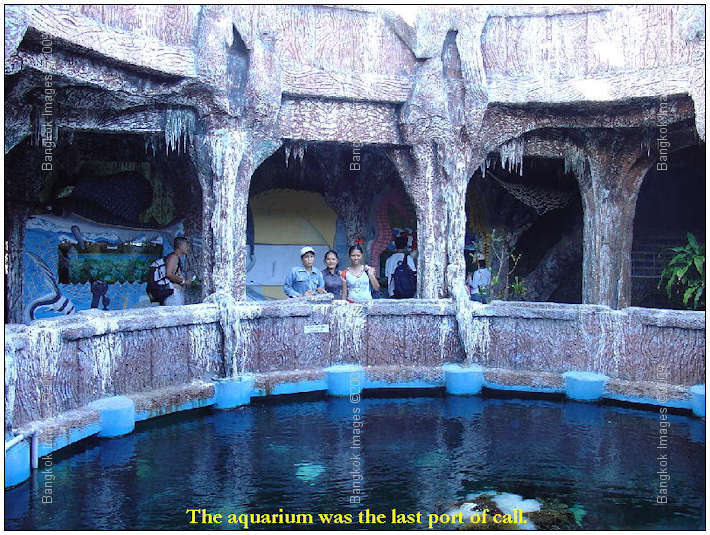
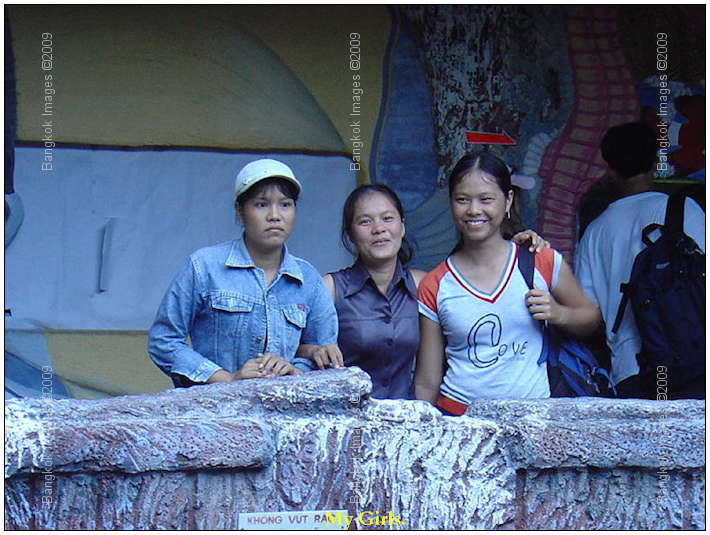





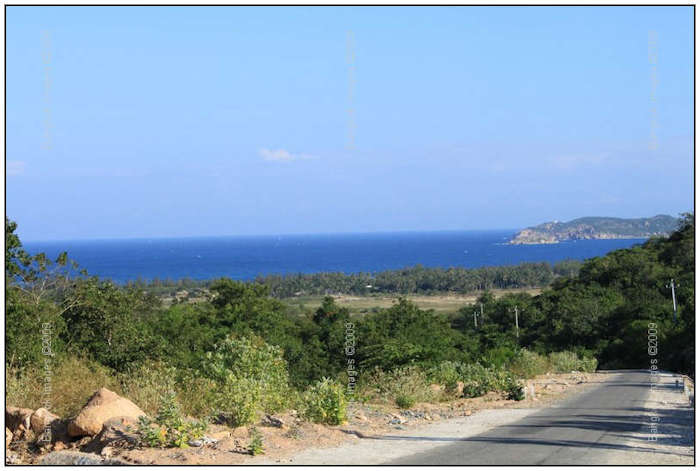
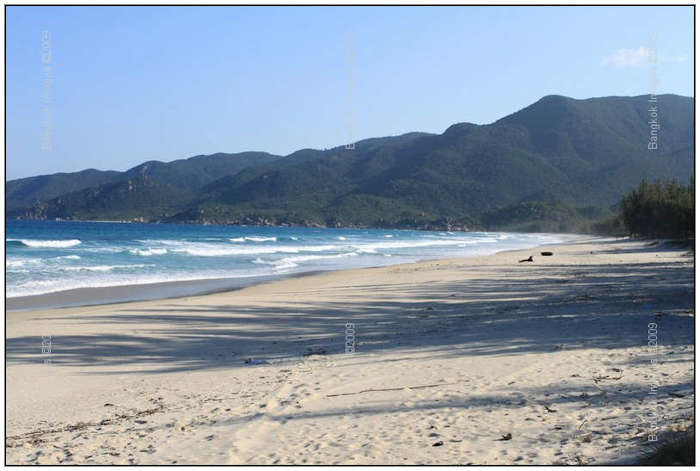
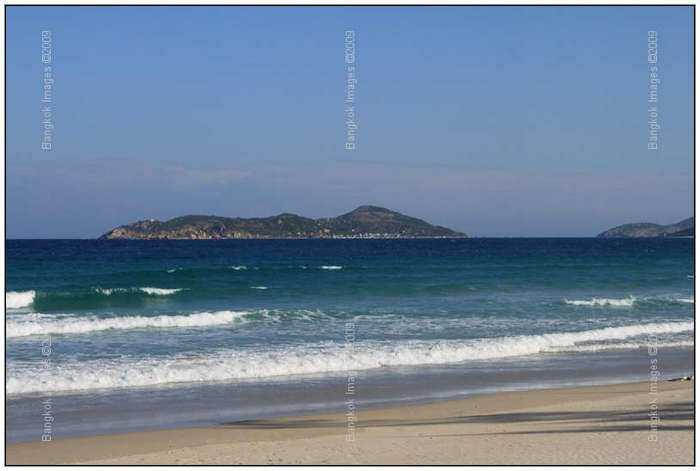
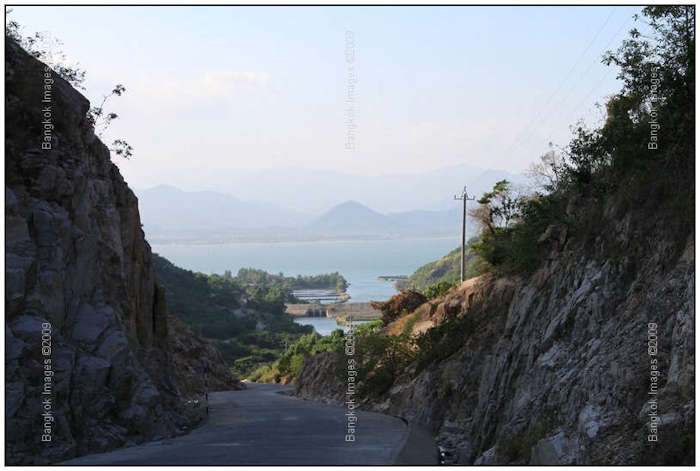
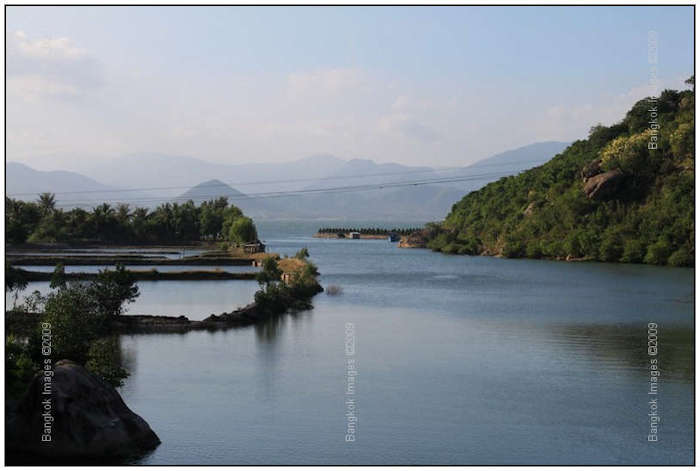
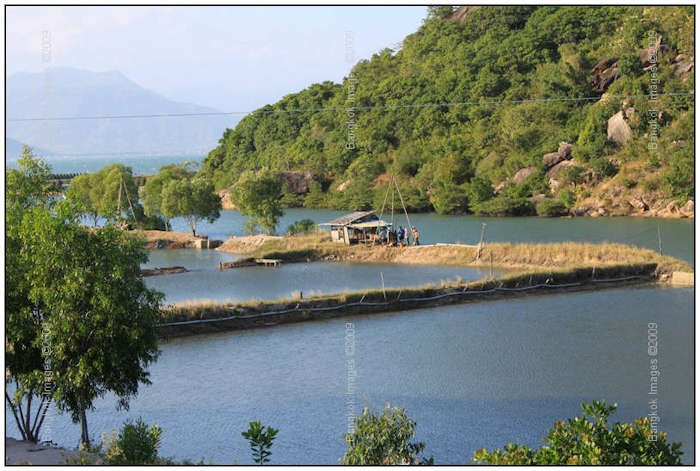

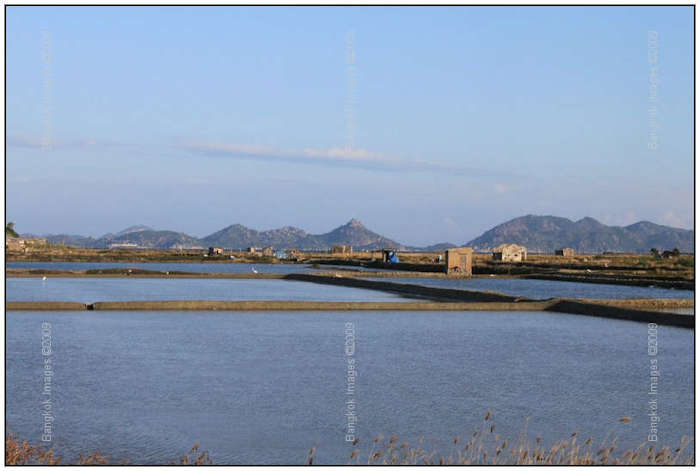

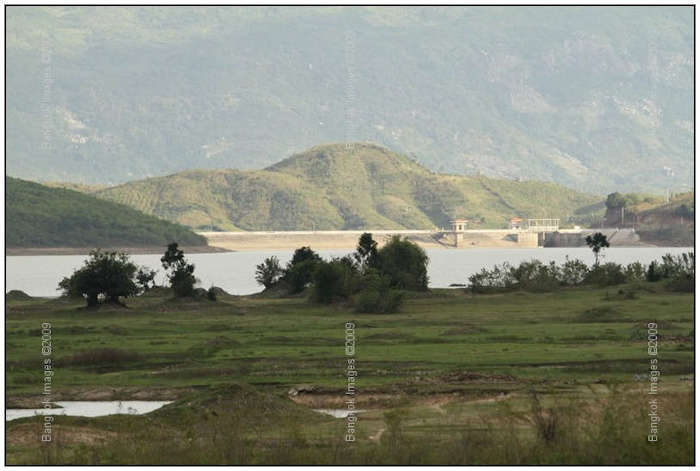
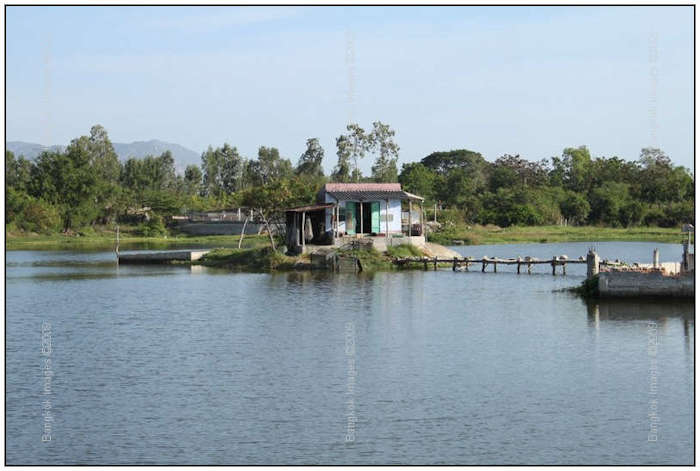





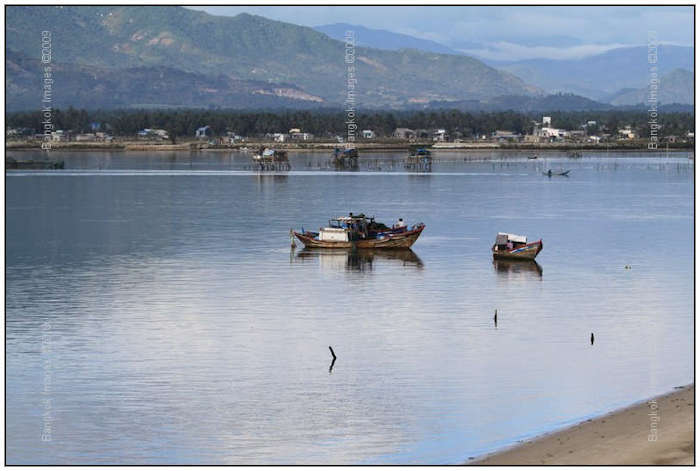

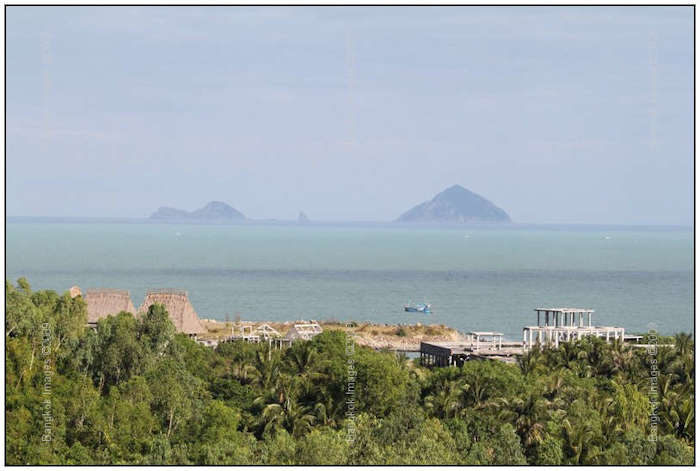

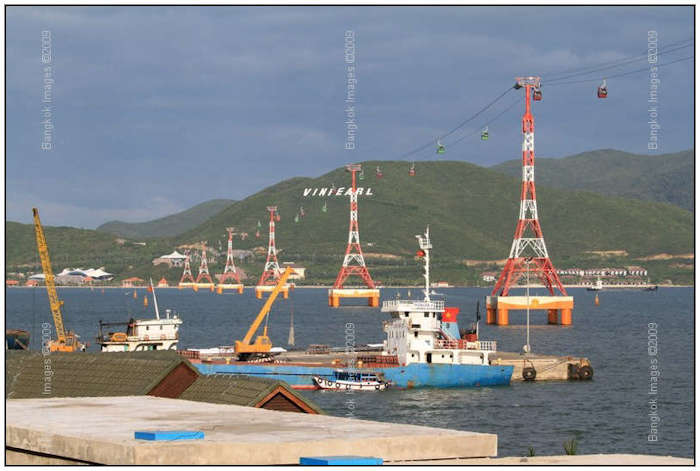
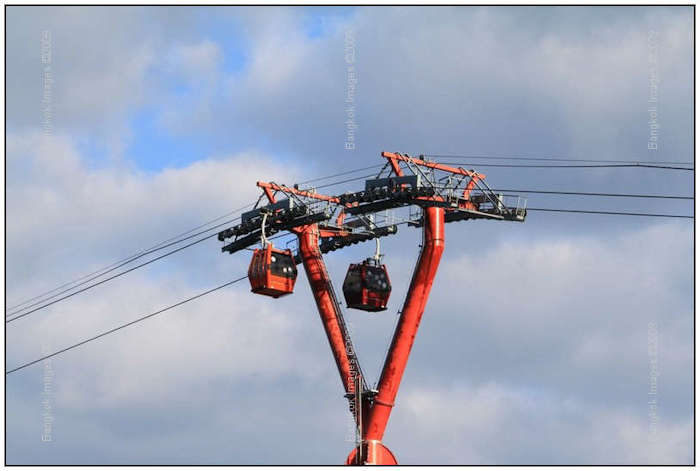
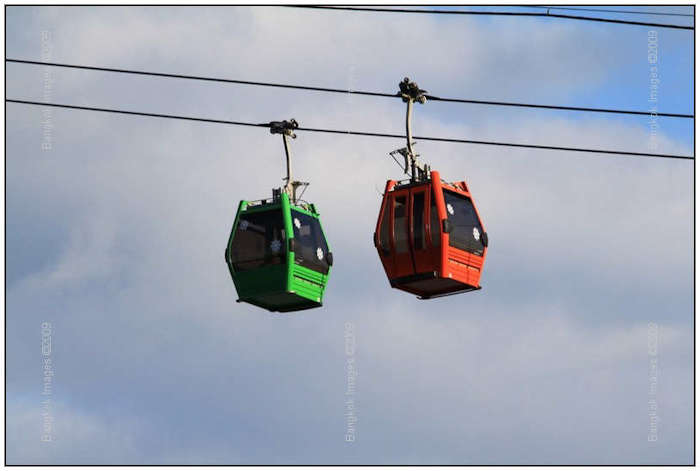

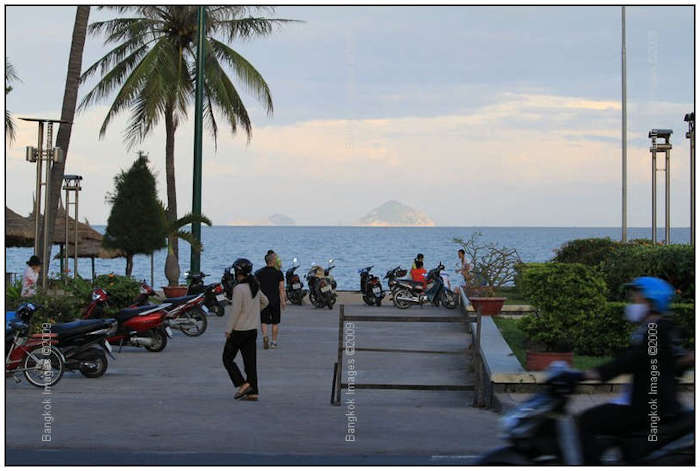

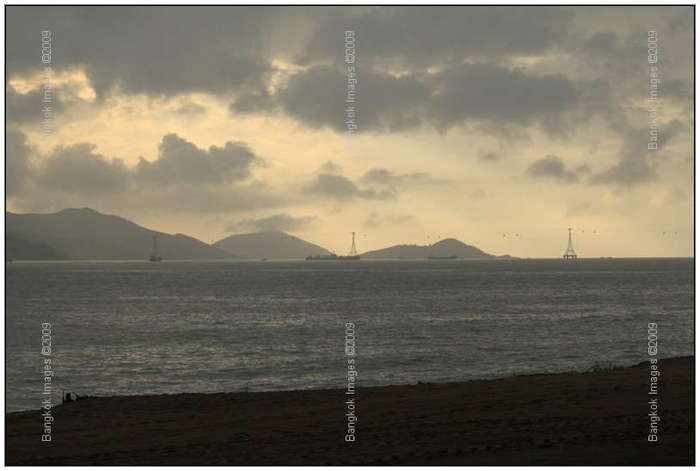
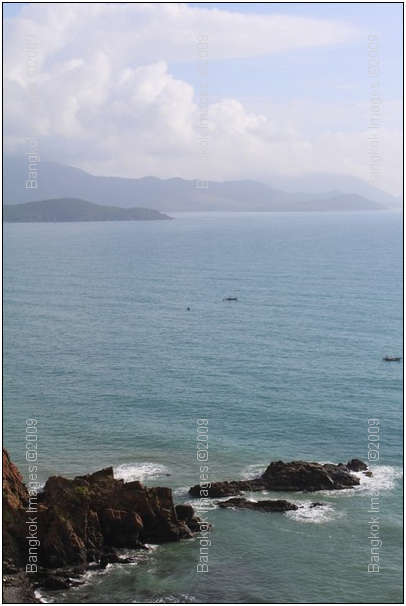
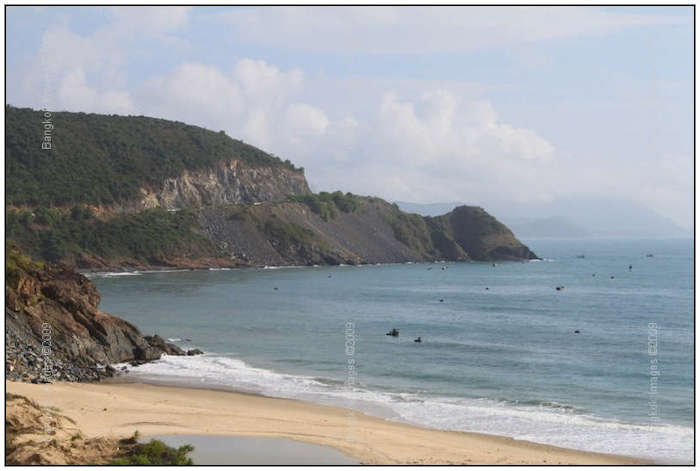
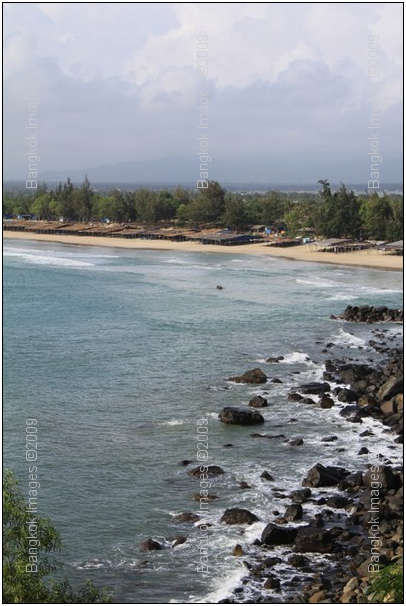
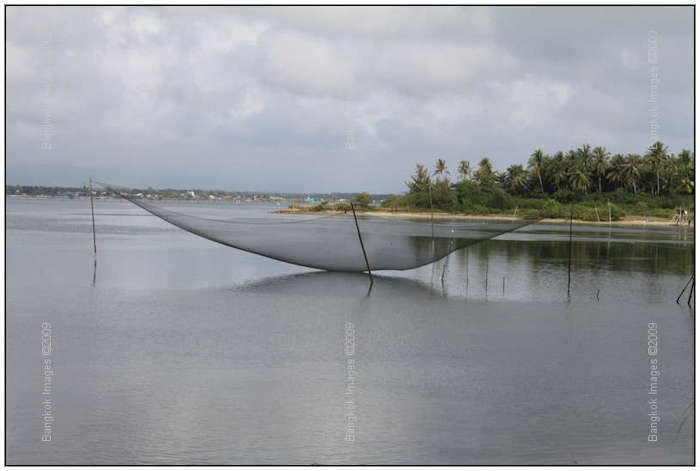
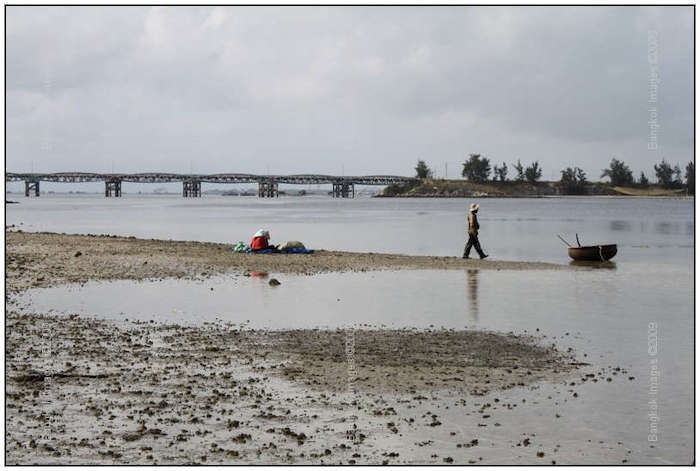


Video Cards for Modern Photographers *menu

Introduction
The selection of a video card for the modern photographer can often be confusing. Many don't realize the video card dictates the capability of the entire workstation. Proper selection is critical. This is a journal of my thoughts reasoning, and choices
during my recent video card upgrade. Why I needed to upgrade, the considerations, and the choices.
"Modern Photographers" are often using multiple monitors, and they'll often want to process (render) the footage from their new video
capable DSLRs. Video places different requirements on the video card than does still imagery. CS4 introduced the support of Open GL. This means there are some great
new features available if you're using a graphics card compatible with the Open GL standard. Modern photographers have different requirements than we did just a few years back. Everyone's needs
are different, but I consider the following requirements both common and reasonable.
- Multi-monitor support. The ability to run more than one monitor, including the assignment of a separate color profile for each supported monitor.
- Support for DVI, HDMI, and DisplayPort connectors. The trends is for all quality computer LCD panels to use HDMI or DisplayPort in the future. VGA (analog) connectors are already history, and in a few years time I'd guess DVI will be too.
- Enough on-board memory and power to render HD video in real time.
- Open GL support for CS4. Other programs will be taking advantage of Open GL in the near future.
- Reasonably quiet operation. Fans are okay, but you shouldn't be able to easily hear them during normal use.
- Reliability. The card and it's drivers should be 100% reliable. No exceptions.
The Need
Ever since upgrading to Win7 I've been running the same two year old Nivida driver for Vista. I must do this because the old driver supports features on my cards the new Nvidia drivers don't. Win7 would rather I run a Win7 certified
driver.. but I haven't been. Newer drivers certified for Win7 work best for Win7.
There is also the good news that a 2 year old $500 video card is already surpassed in performance by a $19 dollar (ATI 4350 for instance) card today. Which means the top cards perform at levels no on
even dreamed about two years ago. There is a huge performance difference between now and then.
Directx 8 was two years ago.. Directx11 is now a reality and it departs from the old in a huge way. Rendering with hardware tessellation is the major advantage to Directx11, which basically means all that extra memory and GPU power on your
video cards can now be used to render scenes in much greater detail at greatly enhanced speeds. What makes this not "another Directx upgrade" is that the instructions are totally scalable, which
means a single set of instructions are all that's needed to run all the desired resolutions. What this means for you at the most basic level is great utilization of your hardware, more detail in Directx11 enabled games, and tons more speed.
This isn't just another incremental upgrade, this is a major upgrade.
Codecs used two years ago are mostly history.. and hardware vs. software decoding is far preferable for both quality of the signal (both audio and video) and speed of signal and usage of system resources.
If you can hardware decode a movie it's tons better than a software codec. Music sounds much better too.
Newer cards are cut from smaller dyes (40nm) and use a lot less power.. so less heat as well. Fans can turn at less rpm so less noise.

Hardware Support Needed, My Workstation
(2) 1600×1200 21.5" monitors and an HDTV.
DVI to the computer monitors, HDMI to the HDTV. As you know HDMI transfers both audio and video in the same connection.. so that's a plus. My AVR is older and uses component, so I'll still run an optical SPDIF to the AVR and just
run the HDMI directly to the HDTV. This is fine with me as I prefer to use TV speakers for most TV watching.. and the home theatre sound for the occasional movie with a great DTS or Dolby Digital Pro+ soundtrack.
I will be replacing my LCD panels in the coming months, so the new cards must provide full resolution support (2560×1600) for up to two 30 inch panels. It's also possible I'll be adding a third
monitor to my workflow. Multi-monitor support has been shown in several studies to increase productivity dramatically.

The Search For The Best Video Card
Nivida has led the pack both in speed and driver functionality for years now.. until recently. Recently ATI's 5700, 5800, and 5900 series not only beats Nvidia in performance, but are significantly less expensive.
ATI cards currently have the latest audio and video codecs.
All of the 5xxx ATI cards advertise being able to run (3) 2560×1600 monitors and the claim is that these cards can hold separate monitor profiles for all three monitors at the same time. This means
these cards have three LUT's. In the past you only got (1) LUT for (1) GPU, this ATI 5xxx series would be a departure from that norm.
A single 5xxx card should be able to run all three of my monitors, the (2) 1600×1200 21.5" and the (1) 1080p HDTV, with separate color profiles. And these
cards should meet my future needs as well. I intend to test this carefully. All three monitors must hold their profiles at the exact same time.
For gamers 3 monitors can be used with ATI's new Eyefinity technology which allows one game to bridge three monitors. I have no use for this technology, but gamers sure will.
One caveat concerning the 3 supported monitors. You can use any two of the ports ((2) DIV, (1) HDMI, (1) Displayport)) in any combination, HOWEVER if you add a third monitor one of these ports must be the Displayport.

My First Plan
One card should do it. I can replace the two older Nvidia 7950GT cards running my (2) 1600×1200 monitors via DVI, and my HDTV via component video. I should also note that since each card had it's
own GPU that gave me one LUT per card and I used both LUT's to color profile the (2) 1600×1200 monitors. The HDTV remains unprofiled.
I will need a Displayport to HDMI adapter. My plan is to run my HDTV via HDMI, both video and audio through a single HDMI cable.
Looking at the cards carefully, and taking into account I don't need much power for gaming, and the only extra power (graphic engine processing power) I do need is to run Win7's Aero and CS4's
OpenGL which isn't much at all. The least expensive card had 1gig of GDDR5 memory which is more than enough for my uses.
I decided to go with the 5770 card because at $165 (5300 baht) it represents the best balance of processing power for the money, and which fits my specific needs. The 5770 card is significantly more
powerful than the base 5750 cards, but only about $20 more expensive, and significantly less powerful and greatly less expensive than the most powerful/expensive 5990 card which comes in at over $640 (24,000 baht).
I just would never use that much power.
Note: Power draw from the power supply will be greatly reduced from the last set of Nvidia cards. The 5770 card requires a 6 pin power connector supplying a minimum of 75 watts (at max load).

Additional Research
Displayport to HDMI adapters are very hard to find. I can't find one in Thailand anywhere. The one I found in the states runs $99.99
This is grossly expensive, more than many very decent standalone video cards with HDMI support.
Cards such as ATI's 4350 card available from $19-$40 is available with an HDMI port, but ultimately this is an older card which provides less codec support than I desire. Also, if I'm going to have two video cards I want them to
be a matched pair so I can connect them in a Crossfire configuration for those times when I play with my Flight Simulator. The 5770 card at 5300 baht is not prohibitively expensive.
I choose a 5770 card as a second video card and will install them in a Crossfire configuration.
10-12 manufacturers market ATI 5770 cards. Which one should I get? Some come slightly over clocked, some come with enhanced coolers, some come with game vouchers, and the warranties run from 1-5 years. After reading no less than 25 reviews
I have it narrowed down to 3 different manufacturers. I don't care about the over clocking, but I do care about the warranty length and extra cooling as well as how well established the local distributor is.

Finding A Reputable Dealer
In Thailand this can be more difficult than you'd imagine. Poorly trained staff, inadequate stock levels, and that there's a good 10-12 manufacturers marketing ATI 5770 cards. I settle onthis distributor andthis brand of card. A three year warranty and a superbly rated cooler convinces me with their years long distributorship over a five year warranty card with a standard cooler and
new distributorship.
And, I like the way these people talk on the phone and answer questions. They also have the best price by 700 baht a card ($23) for the same brand as elsewhere. They accept a bank transfer and promise
to have my two new HIS 5770 cards, along with a new 10 meter long HDMI cable, delivered to my place by 2000 this evening. If you've ever shopped at Panthip Plaza you'll know what a luxury it is being able to order by phone and skip the
dreaded visit to Panthip Plaza.
I place my order.

The Arrival
At exactly 2012 the delivery Somchai knocks on the door and hands me (2) HIS 5770 video cards with enhanced coolers and a 10m HDMI cable. The HDMI cable is pretty heavy duty.. ah well.
Inventory of the boxes reveals each card comes with a single Crossfirex adapter. I notice there are two sets of gold plated "fingers" on each card which fits the connector. Do you use the
front of back connectors? The manual wasn't clear on this and a few googles later I hadn't found it on the web, the HIS website, or the ATI/AMD website. I find salvation in the form of high resolution images with blow-ups of the finger
sets in my Asus motherboard instruction manual. I now know how to connect the CrossfireX adapters in a two and three card setup.

Driver Preparation
Prudence dictates uninstalling the current video card drivers via the Programs menu in the Control Center. Make sure the default video card drivers are the Windows video card drivers.
Differences/Drivers/Windows Versions
A note on Windows video card drivers. In XP the drivers were very basic VGA drivers which didn't allow for much other than taking advantage of several higher resolutions. Installing the manufacturers video card drivers is mandatory in
XP.
Vista video card drivers are greatly improved. All common resolutions, color management, orientation, and multi-monitor extensions, and monitor selection are all enabled. The only reason for installing the manufacturers video card drivers
is if you want to enable SLI or Crossfire, change clock and other settings, or basically change advanced settings very few ever bother with. Installing the manufacturers video card drivers is optional in Vista. It's important to note that
both XP and Vista allows using only one manufacturers video cards at one time. You cannot use a Nvidia card in one video card slot, and a ATI in another video card slot. If using more than one card they must be of the same manufacture.
Windows 7 is the best ever. It allows setting every setting and function other than the advanced timing and clock settings. Windows 7 also allows you to mix and match video cards from both video card manufacturers, Nvidia and ATI. The only
real reason you'll want to install the manufacturers video card drivers is to enable SLI or CrossfireX, or perhaps set your HDTV timing and adjust over scan.

SLI and CrossFireX
What is it and how does it work? Nvidia's SLR or ATI's CrossFireX is possible when two or more of the same model video cards are connected together via "electrical strapping" across the gold fingers on top of each card.
When two or more video cards are strapped together data can flow between the cards GPU's in both directions and two or more GPU's can now work in concert as a single more powerful GPU.
SLI and CrossFireX is very popular with gamers seeking to maximize their maximum frame rate so a video game will appear to operate more towards real time, with real time being the goal, so that for instance if a man is walking down the street
they do so with perfect fluid motion in the same way as if a real man was videotaped. The more frames per second a system can achieve, the more 'real' a game appears to the player. Video games place extreme demands on the system and
it's video cards, and each video game has different demands. A given hardware setup might allow 15fps with one video game, and 60fps with another. This is why those who review video cards always 'test' the cards with a selection
of the most popular high powered games of the current time.
You must also understand that if you have multiple monitors, that once you enter SLI or CrossFireX modes, all video resources focus on a single monitor which you've selected as the SLI/CrossFireX default. You cannot run multiple monitors
in SLI/CrossFireX modes. A recent exception to this rule would be ATI's EyeFinity use.. where you're bridging a video game across three or six monitors.

Installation
Its not time to replace your old video card(s) with the new pair. As discussed, revert your video card drivers to stock Windows video card drivers. Reboot and ensure the system is running on the Windows
video card drivers. Power down the system and remove your old video card(s). Take this opportunity to blow out any dust and dirt from inside your box. Make sure you've removed the backplane covers from
the video card slot(s). If your system board has more than one video card slot refer to your motherboard instruction manual to determine which slot(s) you should use.
Seat the video card(s) and secure them with the thumbscrews. Connect a six pin power connector to each video card.
If you'll be running two or more video cards in SLI or CrossFireX modes you can now attach the strapping across the cards from one gold finger set to another.
Secure the computers covers and power up the system. The system should boot up using the Windows Video Card drivers. Install the manufacturers drivers according to instructions in the manual and reboot. You're now ready to configure
your multiple monitors, HDTV, and any special features you desire.

My Installation
When working on electronics I prefer to schedule a time when I'm not tired and I won't be disturbed. Not only can you zap your new video card into a worthless piece of junk, but you can also end up zapping yourself into a 6 foot
long wooden box. With this in mind I waited until the house was empty, just me and two very helpful parrots with a lot of opinions and a desire to thoroughly investigate each new part.
I have basic rules I follow with electronics that go back to my days of working on cryptology communications equipment with the U.S. Navy.
1. Power down and remove the AC power cord from the computer.
2. Before removing the side panels attach an anti-static wrist strap around your wrist and connect the other end to a solid earth ground.
3. Remove the side panels to the computers case.
4. Lay out the new parts which will be installed in the order of installation.
5. Lay out the hand tools you expect to use. In this case a pair of wire cutters and a Phillips head screwdriver with a magnetized tip. The magnetic tip is to help ensure I don't drop an errant screw down in the works where I can't
find it. If you can't find it you might not notice it's bridging two contact points. Well, until you power on the system and everything goes dark.
6. Have plenty of canned compressed air to blow away the dust before removing parts. I blow away the dust before removing parts so I don't unintentionally blow dust into electrical contacts or slots I'll need later.
7. Remove all the screws and set them in a plastic tray. The only metal you should be using in the repair of electronic devices are the tools.
8. Carefully remove the cabling. There are two 6 pin power cables going to the old video cards. These must be removed and secured to the side. The monitor cables which connect externally should also be removed if you haven't already.
If there are any other cables impeding your work, remove them.
9. Once the cables are removed remove any braces, cards, or whatever might be in your way. In my case I had an internal brace, a 120mm fan I would no longer need (it was blowing across the passive coolers on my old cards, my new cards
have their own fans), a PCI USB port card, an internal fan controller card, and six cables total.
10. With the old cards removed I once again blew out any dust the old cards prevented me from reaching. I use this chance to carefully look around with a flashlight for any lose cables or trouble spots that might visit me later.
11. I install the new video cards one at a time. I notice these have double head blanks so I needed to also remove two rear plane blanks. The large GPU coolers and fans make using the PCI slots they cover impossible. I will not reinstall
the PCI USB port card I removed. It provided four extra USB2.0 ports I didn't use as I've got two extra on the back plane connector bundle.
12. Once the new cards are securely in their slots I seat them firmly and then shine a flashlight along the length of the slot to ensure the cards are seated all the way. They are so I install and firmly snug down the screws which hold
them in.
13. From this point on I merely install the two 6 pin power cables, the fan controller, and the internal brace. I'm almost done. Before reattaching the sides and covering things up, I take this last chance to carefully look around
the interior with a flashlight and ensure I didn't accidentally disconnect other cables. I didn't so I close it up and secure the sides.
14. Now it's time to remove the old component video cables and audio cables I ran under my carpet to my HDTV and home theater sound system. I remove them and roll them into a bundle. With the HDTV removed from the wall I grab my
canned air and clean things up a bit. Now I run the single HDMI cable to the HDTV which carries both sound and video, and double check that my SPDIF optical cable is still in place with my home theater AVR (audio video receiver). Everything
is great so I connect the HDMI cable on both ends.
15. I'm now ready to power up the system, but before I do I put away my tools and move all the old parts and boxes away from the computer. Keeping your work area clean and neat pays big dividends towards an accident free workplace.
Powering Up The Computer
There is always a bit of apprehension when powering up a computer after a major parts replacement. You wonder if it will work. If you've been careful and not hurried yourself into a shortcut or mistake it will be fine.
My Asus BIOS recognizes the new cards and prompts me to re-enter all my BIOS settings. I do. Now I'm booting into Windows and we come up on one monitor running at 800×600. I let the boot process finish and then immediately change the
resolution to 1600×1200 by right clicking on the desktop and choosing the "screen resolution" option.
Configuring My Settings
Now I'm ready to install the ATI Catalyst drivers and applications so I do. It's a 2-3 minutes process and now it's time to reboot. A minute or two later I'm back in Windows on one monitor. I right click on the desktop
and click on "screen resolution" and immediately enable my other two monitors and select the proper resolutions for each.
Everything seems fine as far as video goes, but I notice I'm not getting any audio out through the HDMI port. I first thought it was a setting, but after checking my settings I found them to be correct. I decided to reboot once again,
because often when installing a single part, that part might contain 2 or more "devices" which often much be installed separately. In this case the new video cards also had audio drivers and some communication port devices to install.
I rebooted three times and after each reboot I noticed function after function coming on line. You'll want to remember this, because this is exactly where many people starting wringing their hands together and getting worried, which often
escalates into misdirected anger at Microsoft, the card manufacture, or even the parrots! When in doubt take the time to reboot several times, with a long pause after each reboot to let your computer sort things out.
Color Profiling
Here's the deal. It's ALWAYS recommended to re-profile your monitors after installing a new video card or even something simple like a cable. However, while there might be very small but real differences between video cards, the
real differences are in the monitors themselves. I had connected one monitor via DVI to each video card. I opened the color profile manager and aimed them at the old color profiles and everything looks great.
For now I'll leave this alone and continue to test these cards over the next week.
After a week or so I'll connect both DVI monitors to a single card and see if ATI has indeed delivered on its promise for a single GPU to support two LUT's, thereby allowing two monitors to run at the same time with their own profiles.
Actually, ATI promised three LUT's with any 5000 series card.
I'm especially curious about this. First, I have many clients who would like to get away with buying a simple video card that can drive two LUT's into two monitors. I want to be able to answer their questions with 100% accuracy.
Second, ATI will be releasing it's 5000 series mobile video cards which promise the same thing. To date there has never been a single video card laptop which can run two monitors at the same time with separate color profiles. On paper it
appears the new 5000 series cards can! This is huge for photographers. As a side note, there were 'some' (very few, only two models) dual video card gamers laptops, costing well over $5000 USD's
which supported 2 LUT's.. but these were specialty pricey items.
Other Considerations
My last set of cards ran from 55c at idle to 80c under full load, not too hot for video cards. I'm curious what these new cards will run at and I'll hunt down a temperature monitoring utility later tonight and then update this area.
My last cards in my standard configuration used 380 watts as reported by my APC UPS real time monitoring software. The same configuration is now using 292 watts. That's a huge improvement considering I boosted the video processing power
well over 25x. I'll do some full load comparisons later and update this section later.
Is the HDMI signal a better quality than the component signal? Very slightly. But where the real differences are is in the setup. The HDMI signal is a digital signal and perfectly fills the screen side to side and top to bottom with it's
1920x1080p resolution. With the analog component signal I had to use a utility to custom adjust the resolution to 1772×984. The HDMI is easier and a slightly better quality signal to your eyes.
Also, the HDMI passed audio and I hear a big difference here. More bass, higher highs, a much wider dynamic range. And again it's easier. Less and smaller cables. Better quality. Win win win.
There is still the matter of how well these cards hardware decode certain video formats like .mkv and mpeg-4 using the hardware codecs. Initial impressions are that there's a huge difference here both in quality and processing power.
Summary
For now I'm back on-line and able to do all my work both with imaging, and for listening to music and watching movies. On the very outer surface it might not seem like I've accomplished much for the money I spent for this upgrade
(12,400 baht total) or my time. After all, we're still driving three monitors, processing the same images, watching the same movies, and listening to the same music. What did I gain?
Well, to start I'm using nearly 90 watts less electricity and generating that much less heat. I run my workstation 24/7 so that will quickly add up. Then there's the quality differences for images, music, and video.. I'll need
to spend a few weeks with the system to accurately report these differences, but at this time they seem significant. And then there's the ease of use.. and I think this is huge. AND, I have two more DVI ports to run monitors from.. and another
HDMI port. Or, I can run two Displayport devices. Have I thought about adding a third computer monitor and perhaps another HDTV device to the system? Yes I have. I'll admit to being curious. I have a third monitor available. I'll give
it a try and see if it enhances my productivity. If I can profile 6 monitors with these two cards like ATI says I can.. then I'll have some real gains to consider.
For now I'll clean this up and get this report out.. and then I'll update it in a few weeks, or however long it takes to thoroughly test and check out these cards.
Three Weeks Later

I'm getting ready to write the final chapter.. the research is done. Here is the meat of the testing.
1. These cards DO support multiple LUT's. They claim 3 per card, I've verified 2. I can only run two monitors per card because if running 3 monitors 1 monitor MUST be connected via a DisplayPort and I don't have a DisplayPort
compatible monitor.
2. The cards I bought, I bought because the reviews showed it's unique cooler/fan to cool significantly better than most of the other 5770 card competition. The cards run at 42c at idle, 68c at max load. I can overclock using the
included clocking utility by as much as 25% and have it pass all the tests and not run the temp more than 70c at max load.
3. Directx11 is awesome if you have a compatible game. The free game (Dirt II) they provided is way ahead of anything else I've used.. but I'm not a gamer so take that for what it's worth.
4. IF the mobile version of the 5700/5800/5900 works concerning LUT's like these do.. we'll have the first notebook where the notebook screen and an external monitor can be profiled.. This will be very cool…
Final Chapter
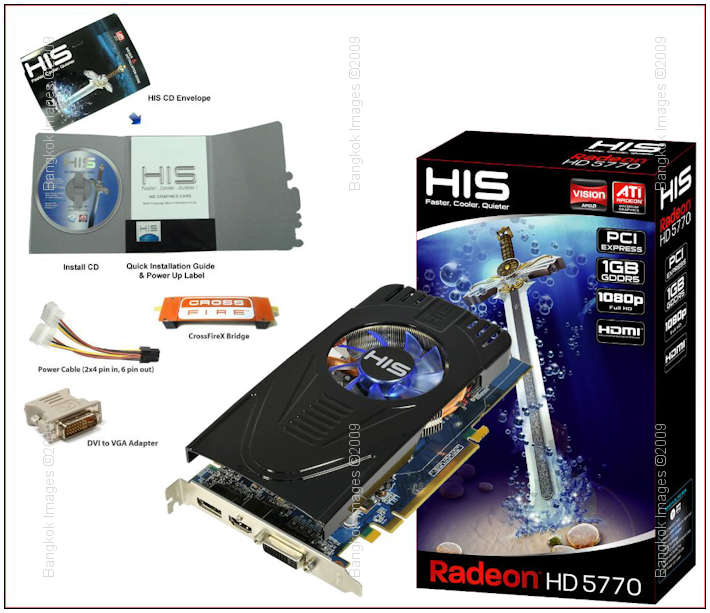
If you read my mouse review a week or so back you'll remember I found an issue with the video driver that was causing the mouse to hang, but only when playing a movie through the 2nd video card. The rest of the time it felt okay.. but
not really solid like I thought I remembered it from before. I ended up disabling a switch on the video card drive and that seemed to cure it, but I still wasn't totally sure it felt right.
So.. later I go into ATI's "Overdrive" utility where you can overclock, set fan speeds, runs reliability tests, etc. Playing with the clock speeds and comparing cards it became apparent
both cards were not running the same, yet they are the same.. Right down to the serial numbers being in order..
I should also note that at this point the my Performance Index Scores in Win7 were in order, 7.6 (processor), 7.6 (RAM), 6.0 (Graphics),
6.0 (Gaming Graphics), and 5.9 (Primary hard disk). To put this in perspective 7.9 is the highest possible, and the 5.9 score for the hard disk is indicating for a
Western Digital Velocioraptor which isn't exactly a slow hard drive.. So with these scores I really didn't think all that much could be not running right.
The underperforming card bothered me so I took it back to the store and they were going to replace it on the spot, and when they did I saw that while it was the same brand card and had the exact same specs, it was in fact a newer series.
I asked if they'd take in return both cards and they said yes. Later that day I installed both new cards in my system.
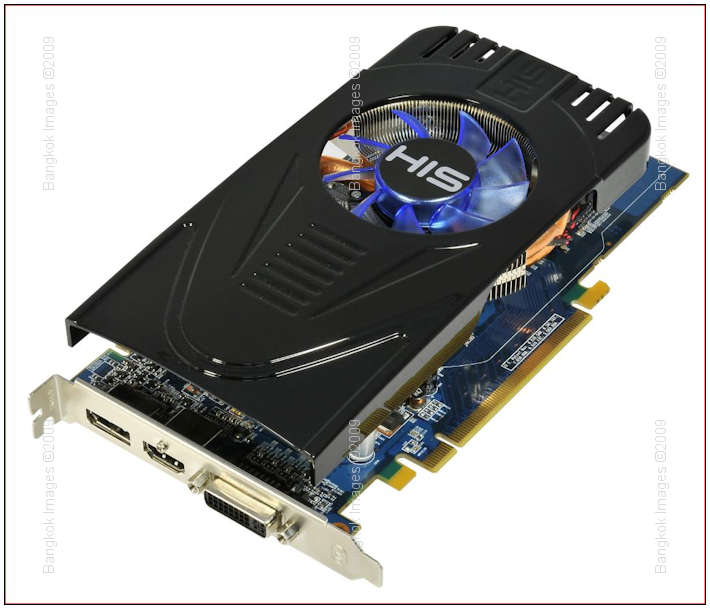
Immediately I noticed the mouse worked 100% like it should. Everything was much more snappy. And the scores are now 7.6, 7.6, 7.4, 7.4, 5.9… The 1.4 improvement is significant if it was an upgraded card.. but for the same card it's
huge.
Now, everything works as it should. Some research shows this newer series of card carries a different firmware set and a different fan.. everything else was the same. Either one or both of the old cards had issues, or the firmware did. Not
sure.
The new cards have only 3 ports each. (1) DVI, (1) HDMI, and (1) DisplayPort. They will run and profile three monitors, but not all ports are created equal. When running three monitors, the monitor with the most resolution must be connected
via HDMI. I'm not sure why it's this way or if they'll fix it later via firmware. When running two monitors it doesn't matter.
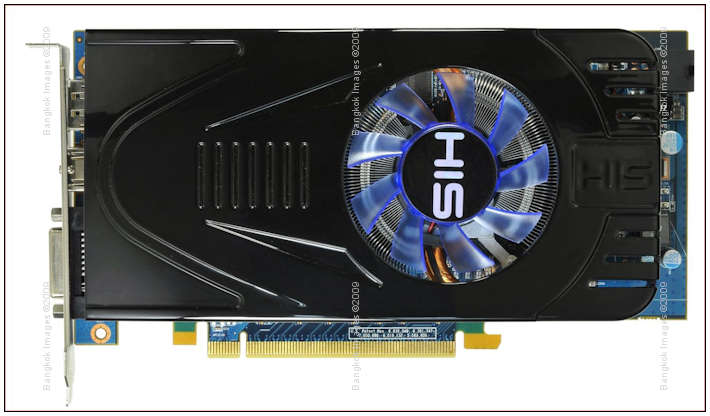
We should also note that older monitors have DVI inputs (and really old VGA, the cards come with DVI-VGA adapters), but virtually every new monitor of even modest quality comes with these three ports, DVI, HDMI, and DisplayPort.. and they
perform equally with all three.
All three are digital inputs. But, HDMI can carry sound. So if your monitor has speakers you'll want to connect it via HDMI so the single HDMI cable carries both sound and video, vs. running two separate cables.
So what happens if you want to run two computer monitors and an HDTV from the same card? The computer monitors would need to have less resolution than the HDTV. OR, you would need to run a second card to power just the HDTV. ATI's new
5450 card retails for $49, has passive cooling, HDMI, Displayport and DVI outputs, all the latest audio codecs for DTS and DDP, and will run an HDTV as well as the more expensive 5770.. so there is an inexpensive fix if this is an issue.
At the same time this card can run three 2560×1600 monitors so this is a powerful card. It's too bad about the HDMI highest resolution oddity but I'd guess they'll fix this via firmware.
These cards can also be purchased with (2) DVI ports, (1) HDMI, and (1) DisplayPort, but these models take up two back plane covers.
This is pretty cool technology. One GPU, and three LUT's. No one else does this. I hope this translates to their new 5000 series laptop cards coming out soon. ATI will also soon be releasing a card with six ports! You can run and profile
six monitors from the same card, and further you can stack them 2 high and 3 across, and some games will span all six monitors to work as a big single monitor. This would be very cool if you're a gamer.
I should also note that my dealer didn't have the models with the free DIRT II game voucher. I sent an email to HIS and asked if they'd send me one anyway and they agreed. A free DIRT II game voucher is in the mail. So, perfect
service from this company, but perhaps a few new product bugs in the first set of cards.
If these cards continue to work without issue I'll probably use them for the next several years. I'm only running 3 monitors, but I have support for 3 more. Somehow I doubt I'll outgrow that any time soon.
Photography News of Interest *menu
I've been recommending the Canon EOS 500D (in the states this is the T1i Rebel) as a great way to get your feet wet with a DSLR. Well, Canon just announced it's replacement making it an even stronger recommendation. 1080p video, 18mp's, and most of the new exposure and autofocusing systems recently announced in the Canon 7d. For a $799 list this is a real winner!
A few weeks back Olympus went to market with the E-P1, a small nostalgic Micro 4/3's system.
Today they announce a lesser expensive E-PL1 . It's basically the same camera, but they've added a small pop-up
flash and reduced a few features in the menu.
Nikon is sure on the ball lately, they're just announced two lenses that promise to be popular with professionals. Nikkor 24mm F1.4G ED,
and the16-35mm F4G ED VR lenses. These lenses are way more expensive than their Canon equivalents, yet they're a newer release.
If you're a Nikon shooter you won't want to miss these two.
Apple also announces the release of their newest version of Aperture. Apple Aperture 3. This is one of the better raw converters for Mac Users and competes heavily with Adobes Lightroom in both form
and function. If you own a Mac this might be the raw converter for you.
Nikon announces a firmware upgrade release for its new Nikon D3s DSLR. Version 1.01 promises to correct issues concerning
flash card compatibility and an issue where the video playback stops for no reason. Other fixes were also incorporated.
Canon announces four new PowerShot point and shot compacts. The SD1300 IS, the SD3500 IS
, the SD1400 IS
, and the SX210 IS
. If you're looking for a new compact P&S give these for a close look.
Readers Submissions *menu
Hi
This is one of the annual big roadster shows in Pomona at the fairgrounds.
Lots of cars – too many hundreds – these are a few of the unique.
Regards
Bart








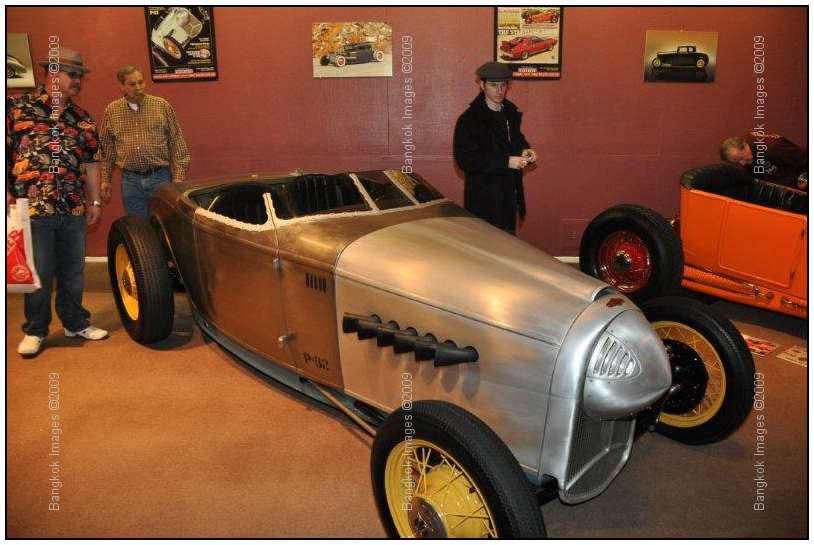

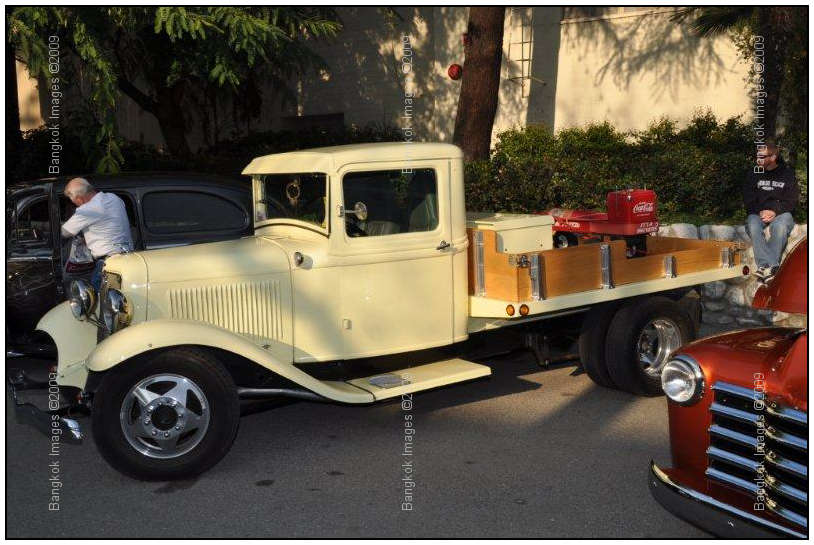
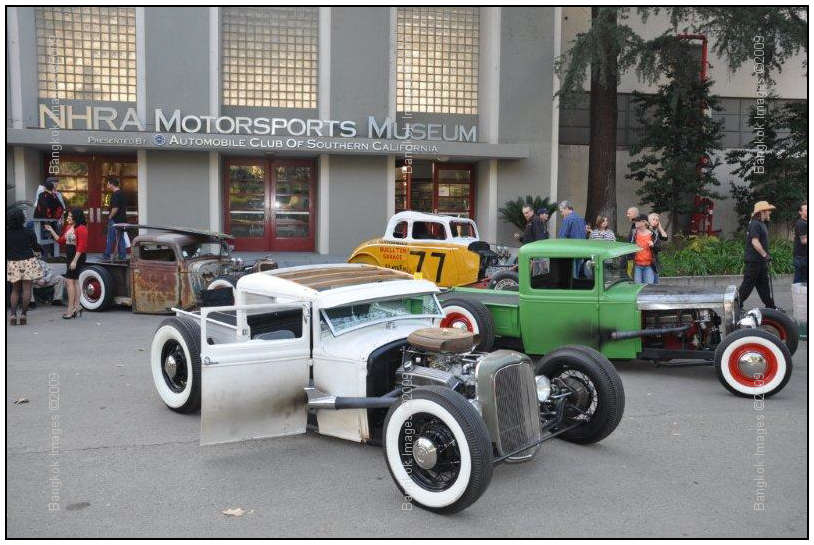
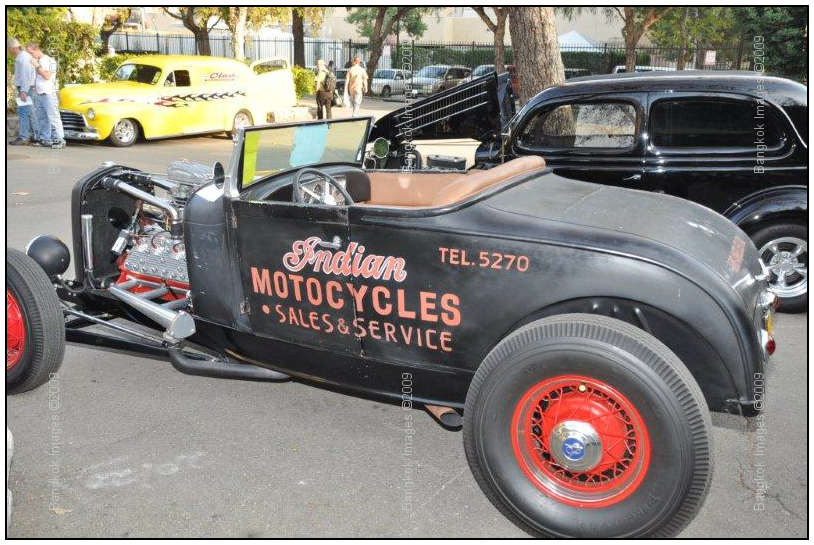
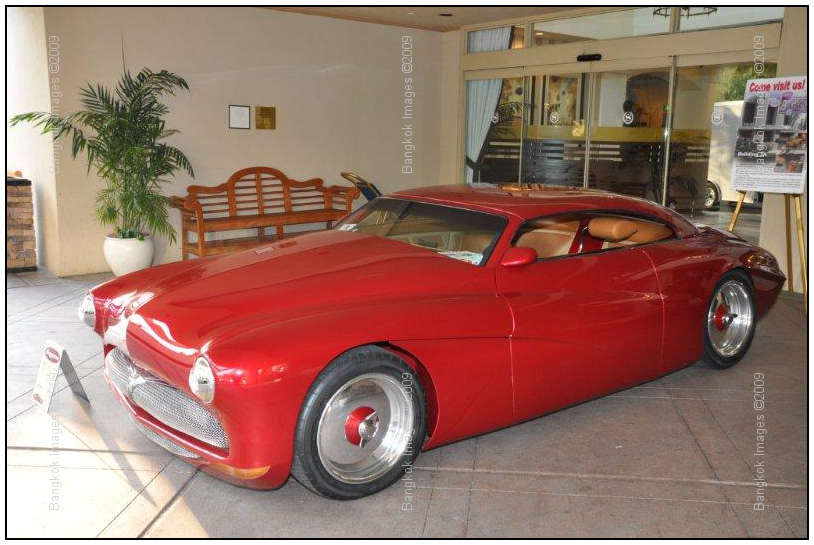
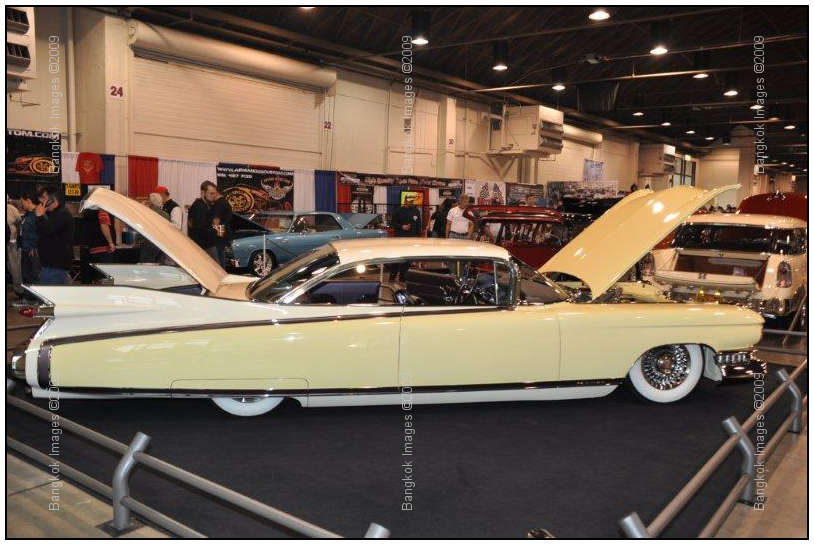
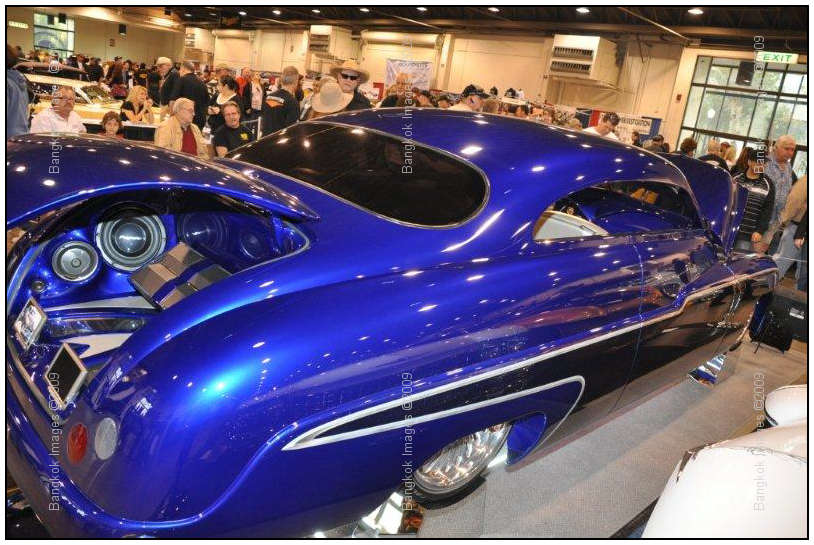
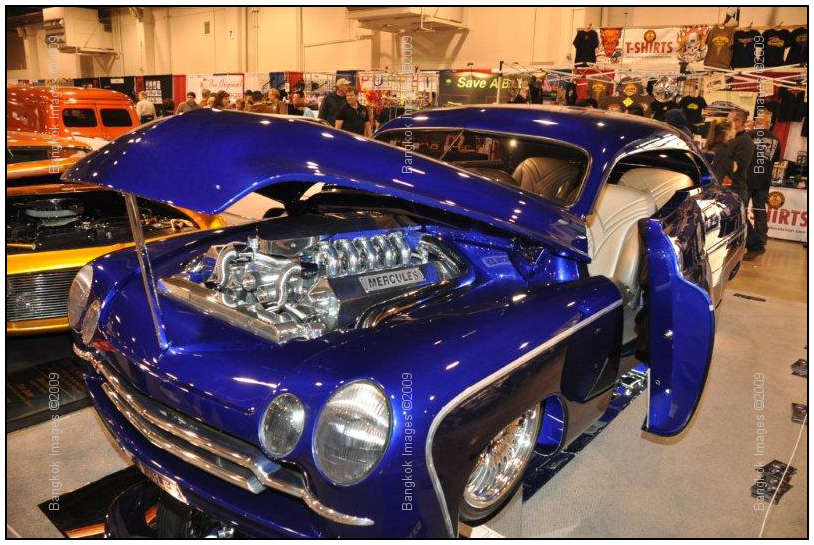
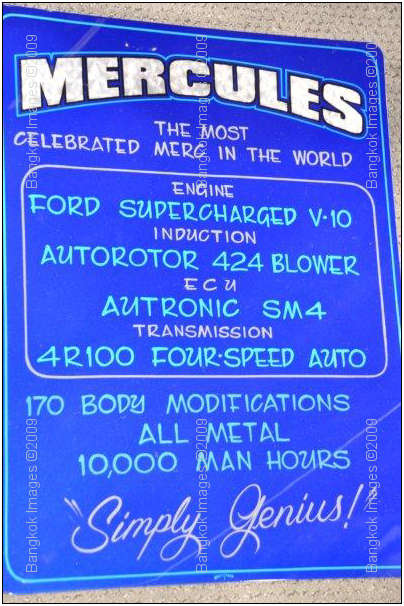
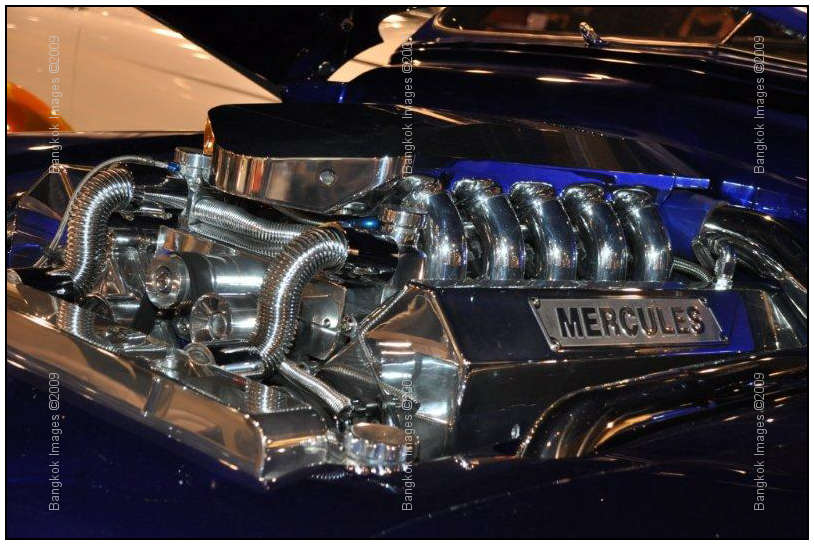
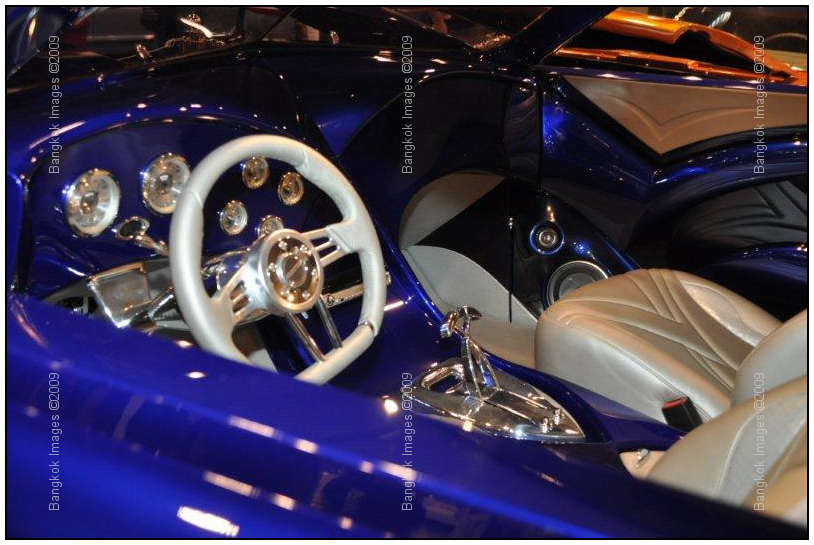
Bart –
Very nice! It must be great attending these shows, for sure the cars are cool and it looks like a lot of fun. Please send more.. 🙂
Thank you!
Steve
I suspect the readers submissions will be a highly anticipated section of this column and I encourage anyone with photographs and travel accounts they'd like to share to please send them to me at: QandA@Bkkimages.com
Readers Questions *menu
Hi Steve,
I'd appreciate your opinion on UV filters. I've got one on my Sony HDR-SR12, and the EOS 500D 17-55 kit lens. Is it worth purchasing one for my 70-200mm f/4L IS USM? People seem divided on their use. Some use them and others argue what's
the point of having an L lens worth X amount if you're going to take your photos through a cheap piece of glass, i.e., a UV filter.
I look forward to reading your advice on maintenance, especially the cleaning of cameras and lenses and the best way to protect them. I'm a newbie when it comes to DSLRs but have caught the bug. Will use the 500D to pick up some skills and will probably
advance to the 5D Mark 11 within the next 6-8 months. Right now am considering the Canon 24-70 f/2.8 L USM. It retails here in Vietnam for $1370 U.S and the 5 D Mark 11 for $2320 U.S. How does that compare to Thailand? All the best.
P.S. Please don't mention none of this to my Mrs. I have a lot of sucking up to do!
Kevin J.
Phan Rang,
VIETNAM.
Kevin –
Oh but you come up with some good ones.. 🙂 As you've noticed this subject is bandied about on the forums and people get quite upset when someone disagrees with them. I'm not going to argue this either way, but what I will do is tell you what
I do and you can take it from there. First some points no one should argue.
- Never use a cheap filter on a good lens. Buy the best filter you can afford, keeping in mind that some filter brands are very expensive and other filter brands are more reasonable like anything else. I mostly use Hoya Superpro1 filters
UV or Skylight 1a filters. I find I like UV here in Asia, and Skylight in America. I can't tell you exactly why, it's just the look they give.. very slight differences most would never notice. - It's usually better to buy the ultra-thin filters with outer threads. The outer threads are so your lens cap will stay attached, and the super thin is for wide angle lenses. You might buy a filter for a 70-200 today, but then want
to use it on a wide angle later. - Lens hoods protect your front element from most types of physical damage, and filters protect your lens from smudges, smears, water drops, and that sort of thing.
- The more you clean your front element, the more chance you have to put micro scratches in it.. and they do build up. After years of use it's easy to change a filter, much more expensive to replace a front element. How to properly
clean a lens is a subject to cover in another area, let me know if you'd like me to cover it. - The very best filters DO attenuate light. You could very well lose from 1/3 or more of a stop depending on which filter you choose.
- The very best filters DO NOT cause flair and other such issues that wouldn't be there otherwise. Cheap filters do.
What I do:
- Any "studio only" lens never sees a filter. If I'm not taking it out in the elements I prefer to use them without filters just so the little things you have to deal with, with filters, aren't a factor.
- Any lens I take outdoors has a filter on it. Period. The only exception would be lenses that don't have filter threads such as my Sigma 12-24 ultra-wide angle, and my super telephotos.
About your equipment purchases:
I might be tempted to hold off on that 24-70mm F2.8L purchase a bit.. there's a rumor floating around that Canon is ready to release a new version with upgraded optics and IS. I don't know if this rumor is true, but it sounds credible.
The Canon 5d Mark II is currently 89,900 baht which is $2720 in USD's.. down from 99,900 when it first came out.. and batteries are very expensive at 4500.
Does the Canon 5d Mark II come with a full warranty? It might be worth it for the readers to visit Vietnam for some better deals..
The lens on the other hand is about $200 more than in the states. Curious..
Let me know if this answers your questions. I hope it helps.
Steve
Hi Steve,
Just a question about Windows 7, I have an ASUS laptop with a 1.8 Intel processor, 2gb of ram and a 160gb hdd.
Should I upgrade to windows 7 or just stick to XP?
Charles
Charles –
Did you catch my special on Win7 in last week's column?
If you're laptop is currently running properly and you have no need for higher platform security and no need to reload an operating system.. then I'd leave XP on the laptop.
However, if you need more platform security or you need to reload your operating system anyway.. and you don't mind the cost.. then Win7 is really nice.
Steve
Hi Steve,
I do need to re-load my O.S. But what I was wanting to know was, will my computer be able to run Win 7, since it's just a stock standard notebook, will a built-in video card.
Also in regards to a file converter, what I was wanting to do was use a program to convert the Cannon raw files to another file extension without losing the raw data.
E.g.; I can convert the Nikon raw files to DGN and they keep all the
info but I cannot convert the cannon CR2 files. The camera he uses is a Cannon 40D
Charles
Charles –
Yes, I think it will run Win7 fine.. but go to Microsoft and download the Win7 Upgrade Advisor to make sure.. it will take a look at your laptop, printers, scanners, etc.. and advise you if Win7 is supported.
Lightroom and most other raw converters don't ever change the raw file. They simply attach side car files that contain a recipe which holds your 'adjustments." This means you can adjust, export to TIFF's or Jpegs, or whatever you want..
and the original files remain intact. Lightroom also supports DNG file conversion.
You can get a free DNG converter from Adobe.. look on the right hand side of this page.. it will convert your raw files to DNG's.
Personally I don't use DNG's. I just use the raw converter to make my adjustments and then export in the desired format for printing.. and that's usually Jpegs. Some clients want TIFF files, but most places that make prints prefer Jpegs..
The original raw files remain the same as the day you shot them.. This is why every raw converter made today offers a "reset" button.. resetting the image takes it back to the start with no adjustments.
I hope this helps
Steve
Please submit your questions to QandA@Bkkimages.com All questions will be answered and most will show up in the weekly column.
A Snapshot of Bangkok Images Week in Review *menu
Another slow week photographically. Unfortunately a client scheduled for this week had to return to attend to a urgent matter at home and it spoiled his vacation. This happens and I hope we can work together in the future. Not much else was scheduled
for the week so I entertained myself sorting out a few small bugs with my workstation and testing video cards as you read above. I had to exchange the video cards, reinstall drivers, re-profile monitors, and ensure my main workstation was working
properly. Next week will be a busy one for sure.
Workshop Bookings:
These last few months have been slow but things are picking up. I'm already taking booking for February and March and I thought I'd post the dates already booked (which leaves all other dates open) in the event you're planning to take a
workshop with me during your time in Thailand but haven't yet got around to contacting me and reserving a slot.
Feb 14,15,16,17,18 25,26,27
Shoot me an email, I'd love to hear from you!
Infocus Blog *menu
Deadlines..
A columnist is always under a deadline. The column is always scheduled for some time in the future and readers will be waiting for that date with anticipation.
When you write a column you won't please everybody, nor will you please many at all in the grand scheme of things. You will however slowly collect a small following of people who for whatever reason look forward to your periodic prose.
I've watched Stick put out his columns for close to a decade now.. rarely missing a week or taking a holiday. At times I've admired the actual weekly, at times I've found interest in a certain link or story, but I've always been impressed
with and admired his dedication. Very much.
It's rare a columnist publishes weekly without breaks. Most have regular blocks of weeks off which are filled with past columns or even a guest columnist. Each column takes a different amount of work, but doing that work over and over with such regularity
requires dedication.. and earns my respect.
When you feel like writing, 5000-10,000 words can be spit out in a few hours and it hardly feels like work. At times like these it's mostly pure recreation, something you'd do for fun whether anyone reads it or not. But when you're life
is otherwise occupied and you don't really 'feel' like writing, yet the deadline is approaching.. that's work. Doing this over and over again, week after week, that's dedication. It's also a work ethic, an indicator
of responsibility and a measure of the man.
The proverbial deadline hangs over a columnists head competing for his thoughts, beckoning from a distance, always present and never relenting. At times it feels like a great weight, and other times like you're privileged. It's at it's
absolute best when you've just seen something, been part of a unique experience, or discovered something that you can't wait to share. This is the feeling you hope will come every week, but in truth it comes less than you'd like.
Writing a column becomes part if not most of your lifestyle. You're always on the lookout for fresh and interesting material, notebook always at the ready. Not an hour goes by without at least a few thoughts about the next deadline. It's always
about the deadline..
The first week of April will make the 9th full year Stick has been publishing his weekly. The first year he published he put out 39 weeklies, but started in April. From there it's just grown. More weeklies, more topics, always trying to 'fit'
better with the readers needs.
This amount of work deserves respect, it deserves compensation, and it deserves understanding. These three I would never deny him. And we haven't even talked about the good his column has done for many readers, nor the money it's saved through
sage advice. Perhaps it's even prevented a few broken lives.
I've gotta go.. the deadline looms..



